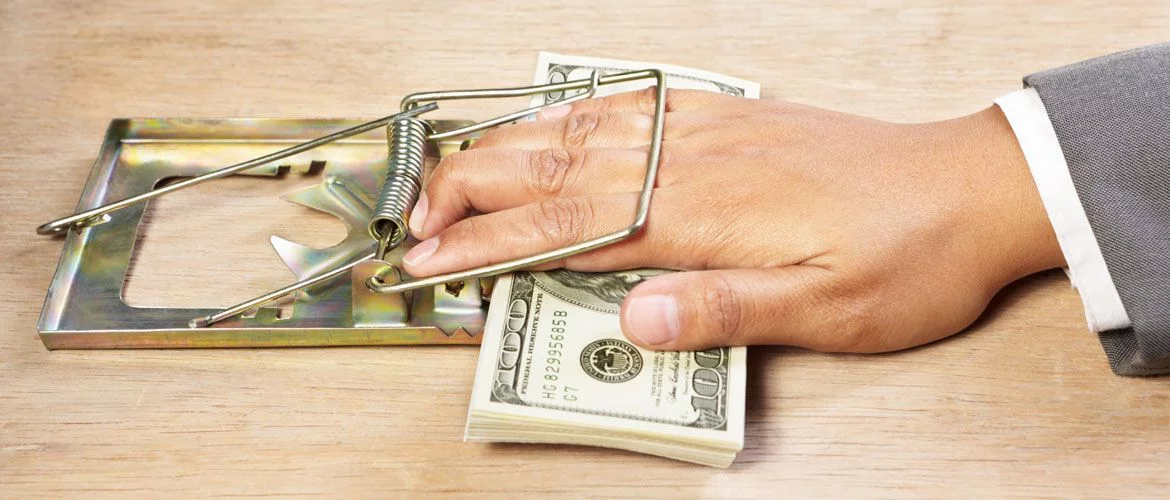It seems like every month I see invoices that say “1.5% interest per month on unpaid balance”;“Interest will be charged at 18% on accounts over 30 days,” “Accounts not paid in 30 days are subject to a 3/4% monthly service charge”, or similar language. However, the creditor may incur serious penalties if the interest is actually charged.
To start with, in the absence of a written agreement for charging interest, creditors are limited to charging 6% per annum (.5% per month), beginning 30 days after the invoice becomes due. With a written contract, the legal interest rate can be up to 18% per annum.
Texas usury laws can become a nasty surprise to any business, since the penalties are so severe. The creditor can be liable to the debtor for the greater of 1) three times the excessive interest contracted for charged, or received, or 2) $2,000.00 or 20 percent of the amount of the principal, whichever is less. The penalty is subtracted from the principal amount due, which may mean that the creditor actually owes the debtor. It gets worse. If more than twice the legal rate of interest is contracted for, charged, or received, then the creditor can also lose the principal amount of the debt, and be charged with a misdemeanor – carrying a criminal fine of up to $1,000.00!
So, you did a $5,000.00 job, didn’t have a written contract agreeing to interest, and sent invoices to your customer reflecting 18% per annum for two years before filing suit to collect the balance. The customer counter claims with usury. (Although most usury cases are brought as counterclaims, the law allows a usury claim to be filed independently, within 4 years of the violation.) The total interest charged is $1,800.00 (.18 x $5,000.00 x 2 years). The legal interest $600.00 (.06 x $5,000.00 x 2 years). Since the interest charged is more than twice the legal amount, the creditor can 1) lose the principal amount, 2) be liable to the customer for $3,600.00($1,800.00 – $600.00 = $1,200 excess interest charged, x 3 = $3,600.00), plus the customer’s attorneys fees and court costs. Not what you were after when you filed suit!
Note that the penalties apply even though the creditor didn’t actually collect a dime in interest payments, but only sent invoices showing the charges.
The moral of the story is that if you want to charge more than 6% per year, get the customer to sign an agreement with the higher interest rate. The agreement doesn’t have to be in any particular form – it can be a work order, estimate, proposal or memo – as long as it sets forth the interest rate to be used, and is signed as agreed to by the customer.
However, even with a written agreement, interest rates are limited, for most businesses, to 18% per annum. Yes, I know credit card companies charge more, but they are an exception. Special provisions or restrictions are also made for retail installment sales, motor vehicle sales, mobile home sales, home mortgages and pawnshops.
There are only a couple of ways to avoid this result, aside from getting a written agreement before charging more than 6% per year. One is if the creditor can show that the interest charged was “de minimis” or a minimal amount, and the other is to show that the excessive interest was charged as a result of an accident or mistake – the “bona fide error” defense.
Having read this far, are you sweating the potential liabilities sitting in your receivables drawer? Well, the good folks at the Texas Legislature have created one other “out” for you. If, within 60 days after you discover the usurious charge, you 1) correct the account, including paying any refund due to the customer, with interest, and 2) notify the customer of the usurious charge. Of course, this must be done before the customer gives notice of the usury.
This is just a brief overview of a complicated area of the law. So, if you think you may have a problem, or have any questions about your particular situation, call your favorite lawyer.






